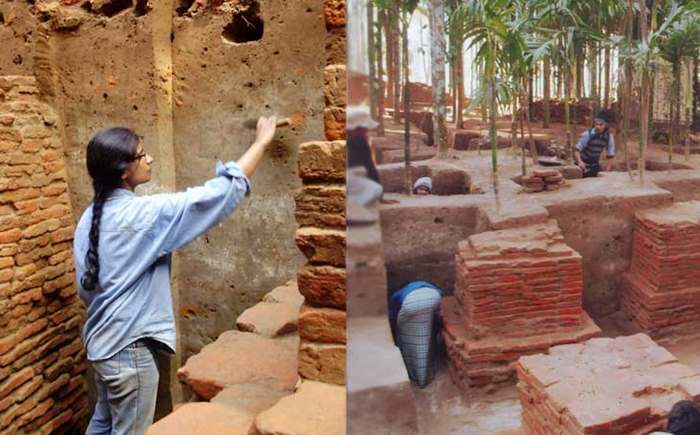
According to archeologists, during the 6th century “Bhitorgarh Durg Nogori” was built by a king named Prithu/Prithvi. It was basically a fort that he made 14 km away from Panchagarh, inside Amarkhana union near the border area of India-Bangladesh. On 1857, Pal descended Sultan Mughisuddin attacked King Prithu’s kingdom. As a result, this fort came under Sultan’s supervision. It is assumed that, the Bhitorgarh Fort got independence on late 6th century or early 7th century.
How it used to be then:
The fort is spreaded over an area about 25 km. It used to be divided by 4 urban settlements. Each of these settlements was enclosed by high fort walls made of a mixture of earth and bricks, along with large moats. The moats were about 50 feet wide and 10 to 15 feet deep. At the very center of the fort stood the king’s palace, while in the outermost part of the city, in an area called "Chiratala," the lower-class people resided.
Additionally, Bhitargarh contained administrative buildings, temples, and several large ponds (locally called dighis). It is believed that the area surrounding the temples was once part of the ancient regions of Gaur and Pragjyotishpur.
What was found in it?
Hidden beneath the ground, the ancient site of Bhitargarh holds the history of a bygone civilization, the ruins of architecture, and several archaeological relics. After the Partition of India in 1947, the northern, northwestern, and some northeastern parts of Bhitargarh came under the jurisdiction of Jalpaiguri district in India. During an excavation in 2008 within the inner part of the fort, a total of 22 archaeological artifacts were discovered, including copper and iron objects dating back to the 8th century, earthenware utensils, and two ancient temples.

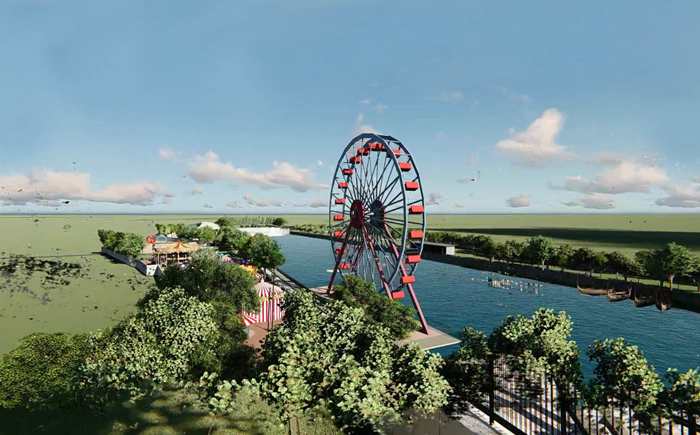


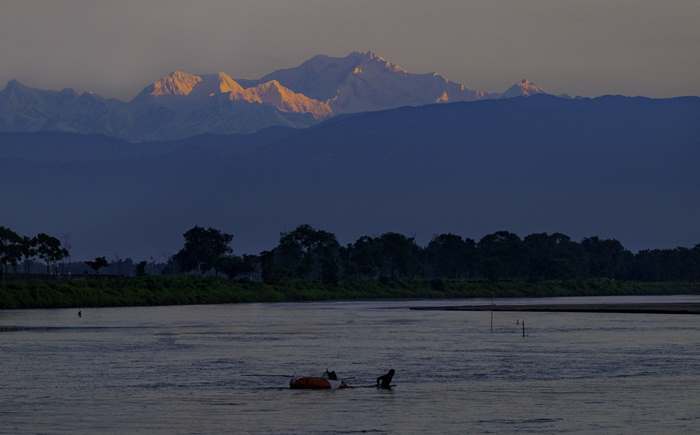
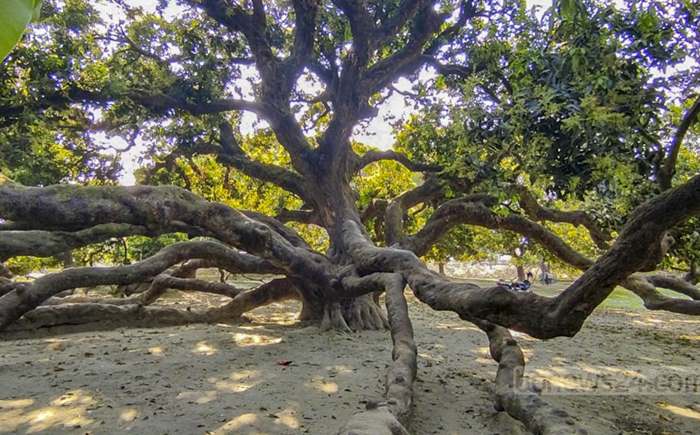
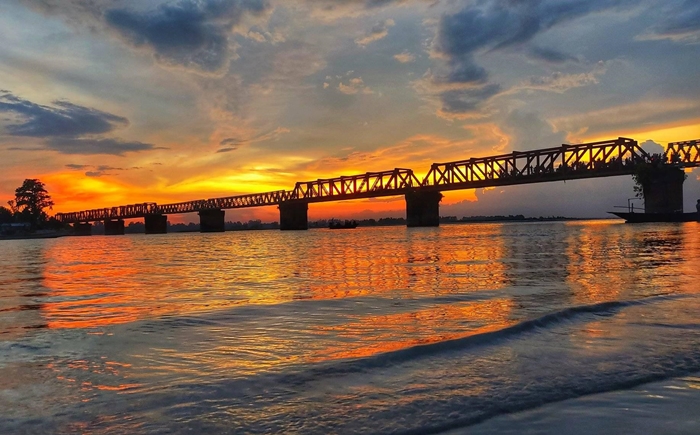


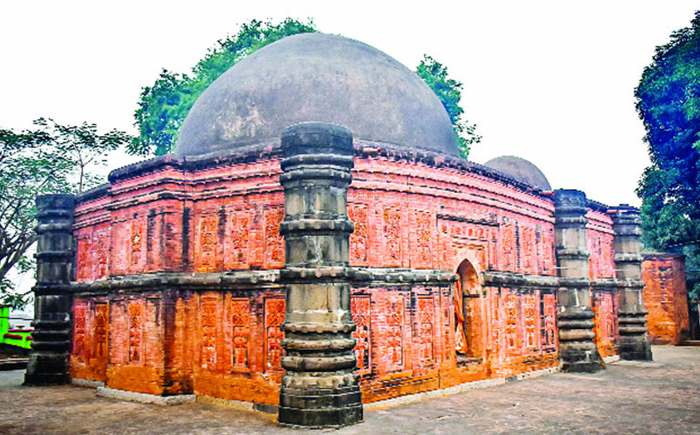
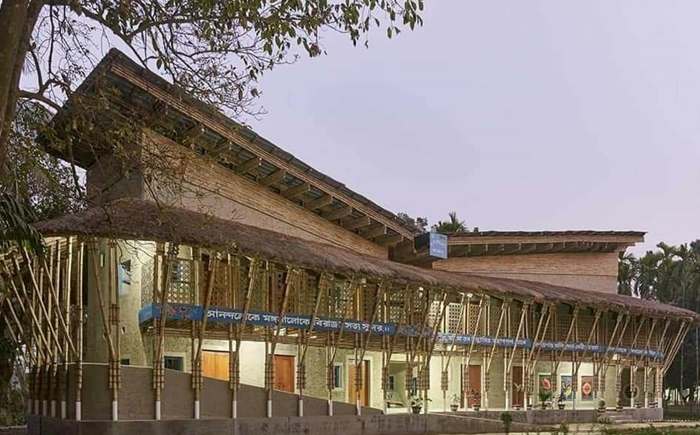
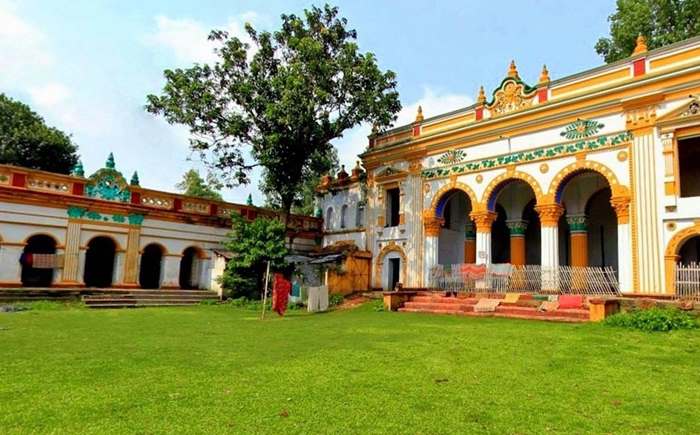
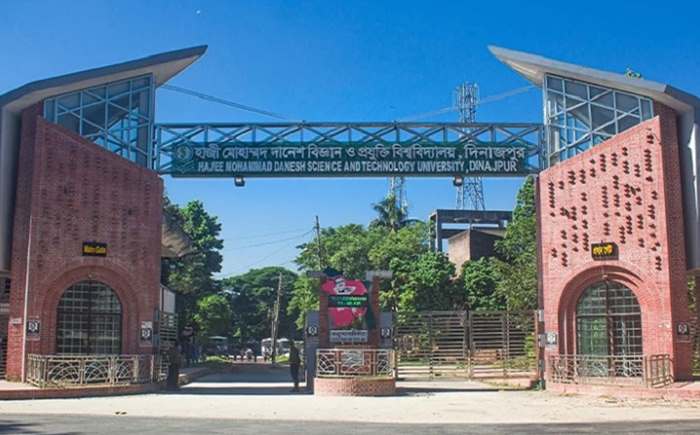
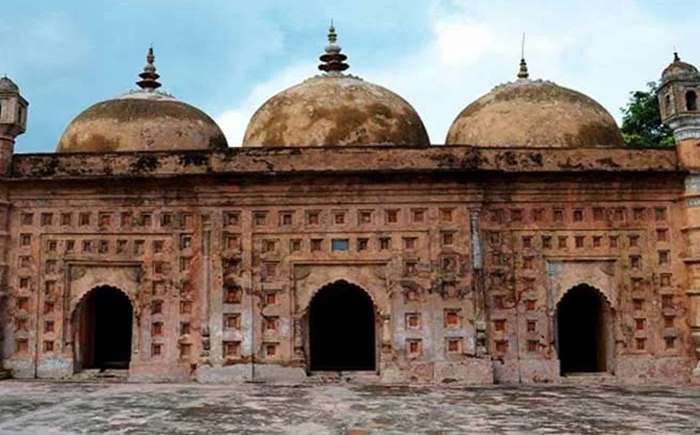
Leave your valuable comments: